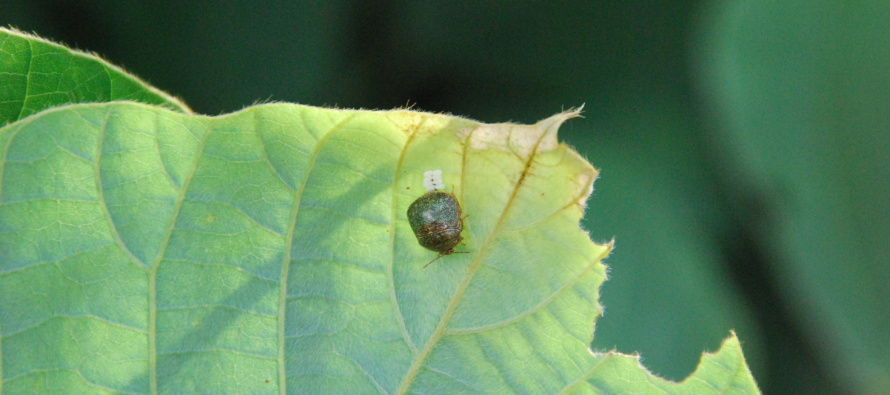Insecticide Rainfastness

Related Articles
- Calcium and Magnesium For Mississippi Crops 1
- March 11 Precision Agriculture Workshop 0
- Ground Speed Affects Spray Droplet Deposition 0
Latest Tweets
Over the last few weeks, much of the state has experienced rainfall every few days, creating challenges for pest management in row crops. Unsurprisingly, one of the most common questions that comes up during wet periods is: How rainfast are my insecticides?
The short answer is: it’s complicated.
Rainfastness is influenced by several interacting factors, and while we have some research-based insights, there’s no universal rule that applies to every situation. Below, is a break down of key points to keep in mind when making insecticide decisions under rainy conditions.
Amount of Rain: Any amount of rain can reduce insecticide performance, and more rain typically has greater impact. A half-inch may have a minor effect, but one or two inches can significantly reduce efficacy.
Rain Intensity: A hard, fast rain is likely more damaging than a slow, steady drizzle. Large amounts of rain falling over a short time will usually cause more product wash-off than the same amount spread over several hours.
Insecticide Activity: Systemic vs contact. Systemic insecticides tend to be more rainfast because they move into the plant, usually within two to four hours. In contrast, contact insecticides remain on the plant surface and are more vulnerable to wash-off.
Target Pest: The biology and behavior of the target pest matters. For highly mobile insects or those enclosed within plant structures, i.e. Tarnished Plant Bugs, residual activity is critical. Systemic products are generally better under wet conditions. For insects exposed on the plant surface, contact insecticides can work well because insects encounter a lethal dose quickly. In some cases, the initial contact is enough to provide control, but these types of products carry a higher risk of reduced efficacy during rainy weather.
Final Takeaways
Whenever possible, aim for at least 2–4 hours (however, more is always better) between insecticide application and rainfall.
Understand that not all products are created equal—for example, acephate (Orthene) and Transform have notably poor rainfastness and typically require 8–12 hours of dry time to work effectively.
Keep in mind that adjuvants can sometimes help improve rainfastness, they cannot fully compensate for inherently poor rainfast products.
Managing pests during rainy periods requires careful product selection, timing, and an understanding of both the insecticide’s properties and the pest’s biology. While rainfastness is a complex topic, keeping these key principles in mind can help maximize your control and reduce the risk of retreatment.




Let me tell You a sad story ! There are no comments yet, but You can be first one to comment this article.
Write a comment